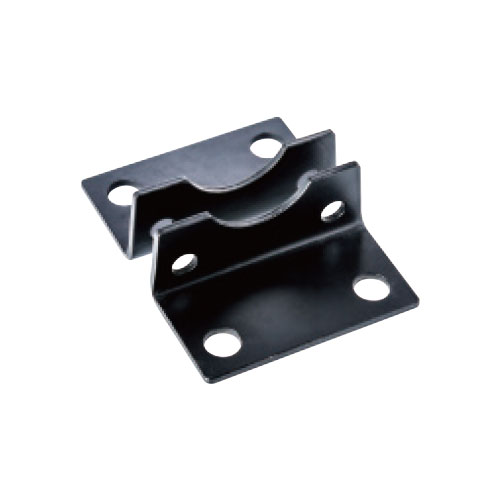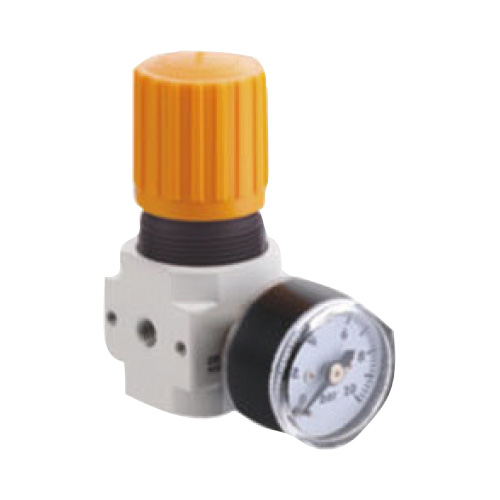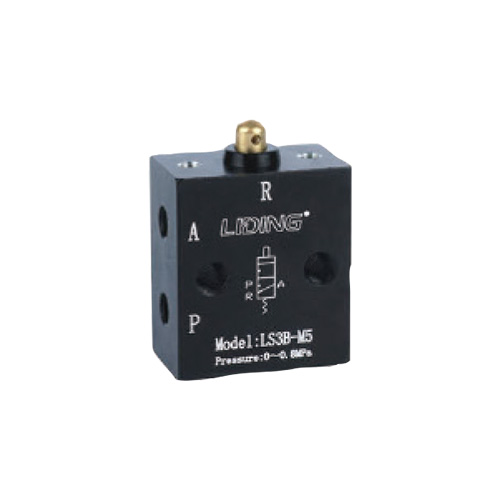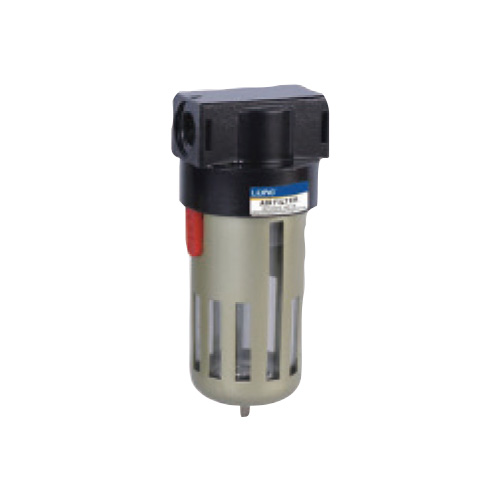What Are the Different Types of Solenoid Valve
The working principle of the solenoid valve, the soleno […]
The working principle of the solenoid valve, the solenoid valve has a closed cavity with through holes at different positions, and each hole leads to a different tubing. In the middle of the cavity is the valve. On both sides are two electromagnets, which side is the magnet coil. The energized valve body will be attracted to which side, by controlling the movement of the valve body to block or leak out the different oil discharge holes, and the oil inlet hole is normally open, the hydraulic oil will enter the different oil discharge pipes and then pass The oil pressure pushes the oily piston, the piston drives the piston rod, and the piston rod drives the mechanical device to move.
The following editor will specifically introduce the three common product types of solenoid valves, hoping to help NBLIDA solenoid valve customers to solve their questions. Solenoid valve is an industrial equipment controlled by electromagnetic. It is an automatic basic component used to control fluid. It has the advantages of stable performance, sturdiness and durability, and high sensitivity.
1. Direct-acting solenoid valve
Principle: When energized, the solenoid generates electromagnetic force to lift the closing member from the valve seat, and the valve opens; when the power is off, the electromagnetic force disappears, and the spring presses the closing member on the valve seat, and the valve closes. Features: It can work normally under vacuum, negative pressure and zero pressure, but the diameter generally does not exceed 25mm.
2. Step-by-step direct-acting solenoid valve
Principle: It is a combination of direct action and pilot type. When there is no pressure difference between the inlet and the outlet, the electromagnetic force directly lifts the pilot small valve and the main valve closing member in turn, and the valve opens.
When the inlet and outlet reach the starting pressure difference, after power on, the electromagnetic force pilots the small valve, the pressure in the lower chamber of the main valve rises, and the pressure in the upper chamber drops, so that the pressure difference pushes the main valve upward; when the power is off, the pilot valve uses a spring The force or medium pressure pushes the closing piece and moves downward to close the valve.
Three, pilot solenoid valve
Principle: When energized, the electromagnetic force opens the pilot hole, the pressure in the upper chamber drops rapidly, and a high pressure difference is formed around the closing part. The fluid pressure pushes the closing part to move upward and the valve opens; when the power is off, the spring force controls the pilot The hole is closed, and the inlet pressure quickly passes through the bypass hole to form a low and high pressure difference around the valve closing member. The fluid pressure pushes the closing member to move downward to close the valve.
Clikc nblida.com to learn more Pneumatic Control Solenoid Valve information.








